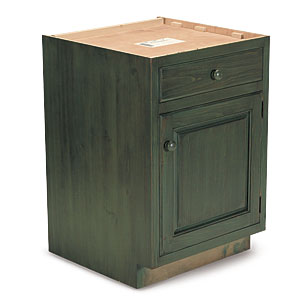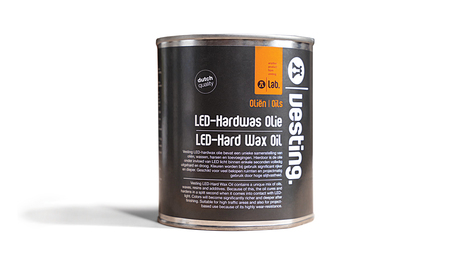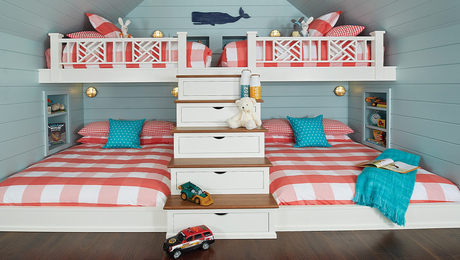Following World War II, there was great demand in Europe for cabinets but not a lot of wood with which to make them, so frameless cabinets became popular. Today, most European cabinets are frameless, and those two adjectives have become almost synonymous to kitchen designers. Because there was no corresponding wood shortage in the United States, face-frame cabinets continued to be the norm, and they still are today. However, frameless construction has made some big inroads, and frameless cabinets are appearing in more American homes.
Why choose one style over the other? Here are some differences to consider.


|
|
Face-Frame |
Frameless |
||
|
Aesthetics |
With their frame-and-panel doors and exposed hinges, face-frame cabinets look right at home in more traditional types of houses, such as colonials, bungalows, and Capes. | The sleeker, cleaner look of frameless cabinets, with their full-coverage doors and drawers and their hidden hinges, is more suited to contemporary styles. | ||
|
Access |
In between its facing doors, a wider face-frame cabinet has a stile that may require you to reach around to find a bowl or a glass. With stock face-frame cabinets, which are typically joined together on site, you also often end up with a 3-in. stile (two 1-1/2-in. stiles butted against each other). | Interior access is the one area where there’s a clear winner. Frameless cabinets offer complete access to the interior: Open the doors, reach in, and grab what you need. The difference in access is even more apparent with drawers and pullout trays, which can be wider—even by as much as a few inches—when there is no face frame in the way. | ||
|
Edging |
A face frame covers the plywood edges of a carcase. If the shelves also are made from plywood, they will need some sort of edge treatment, such as wood or plastic edgebanding, or a solid-wood strip. | Frameless cabinets, which typically are made from plywood or veneer- or laminate-covered particleboard, need edgebanding to hide the unfinished cores. Options include veneer, melamine, and PVC. | ||
|
Rigidity |
No matter how the pieces of a carcase are joined together (e.g., pocket screws, rabbet joints, biscuits), a face frame will add a sizable degree of strength and stiffness to a carcase. Wide upper cabinets also have a center stile, which allows for additional shelf-support pins and, therefore, sturdier shelves. | A frameless cabinet needs to compensate for the lack of a face frame with a thicker back, often made from 1/4-in. medium-density fiberboard (MDF), and extrasolid corner joints. These joints can be made in a variety of conventional ways—such as biscuits and screws—but knockdown fasteners are also popular, especially with particleboard cabinets. In the end, well-built frameless cabinets can achieve a high degree of rigidity. | ||
|
Installation |
Because face frames extend slightly beyond the sides of the carcase and are butted together edge to edge, they can compensate for walls that are slightly out of square. On the other hand, the inset drawers, doors, and butt hinges that are common to traditional face-frame construction have little room for on-site adjustment. | Frameless cabinets are designed, assembled, and outfitted with hardware based on a system of holes spaced at increments of 32 mm. Adjustable hardware makes it easy to tweak the fit of doors and drawers. However, frameless carcases are joined together with no wiggle room, so they have less tolerance for hiding out-of-square wall conditions. |
Photos: left, Scott Phillips; right, Krysta S. Doerfler


























